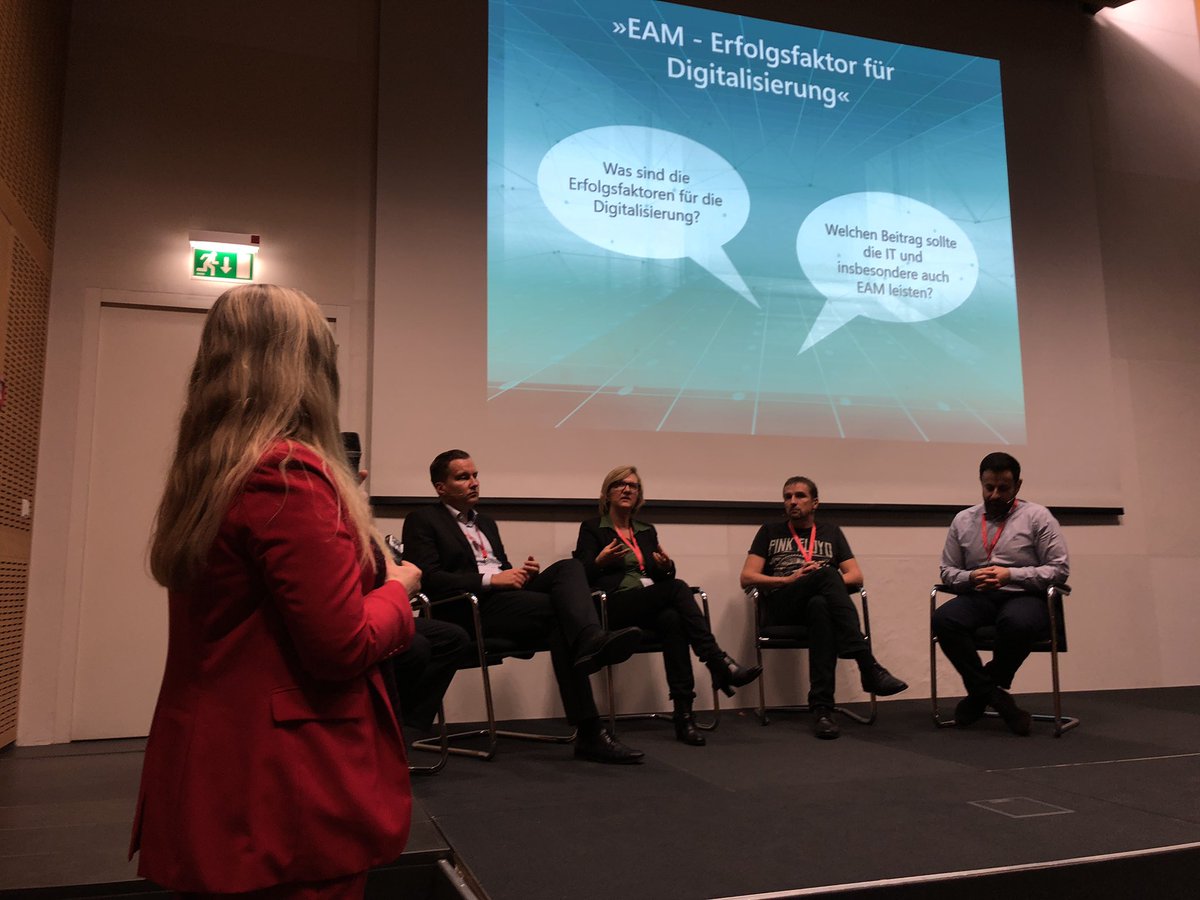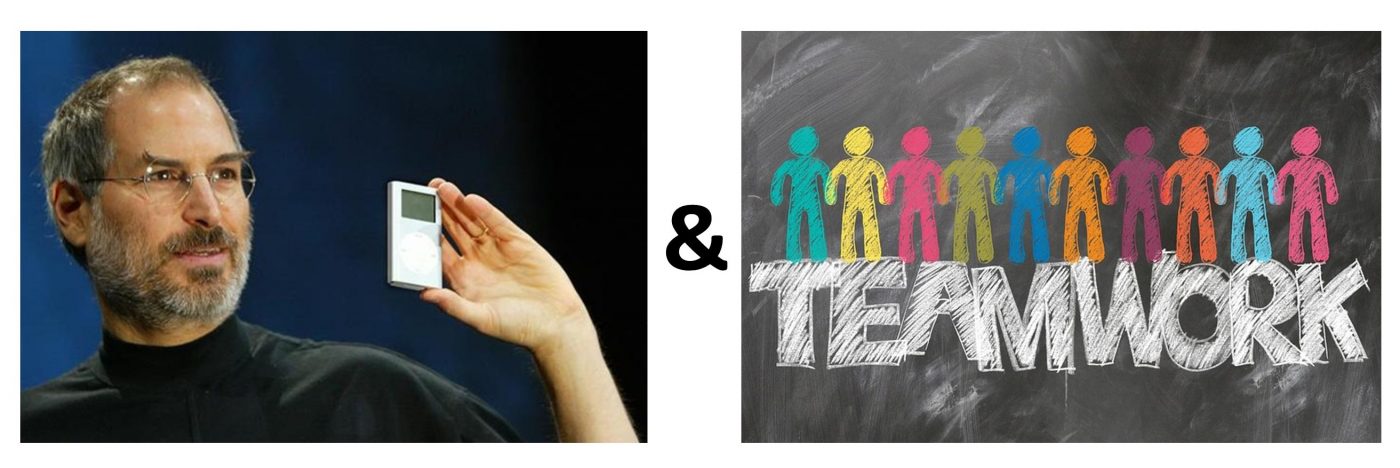For a long time, setting the direction of a company was done by a small group of top executives that elaborated a detailed business strategy. Business strategies typically define goals that are normally associated with the creation of value for the coming ten years or so. The concept of ‘Business Strategy’ has been introduced in the 60ies by [Chandler62].
This 50+ years old concept is still valid today. What has changed dramatically over these 50+ years is the planning horizon. The notion of ‘long-term’ became shorter and shorter. Today, in the VUCA world, there is no ‘long-term’ anymore. Strategies become more fluid, like software that needs constant upgrading. The reality, today, is that most companies do not have a clearly written out strategy. Why formulate a strategy any more when things are changing before you have your strategy ready?
But how do you make strategic decisions without a clear, verbalized strategy? The answer is given by [Westermann14]:
‘The only effective way we’ve seen to drive transformation is top-down, through strong senior executive direction coupled with methods that engage workers in making the change happen by setting direction, building momentum, and ensuring that the company follows through. This kind of change does not happen through a simple mandate, it must be lead. Among the companies we studied, none have created true digital transformation through a bottom-up approach. Successful transformation starts at the top of the companies’.
What you should do: Read More









